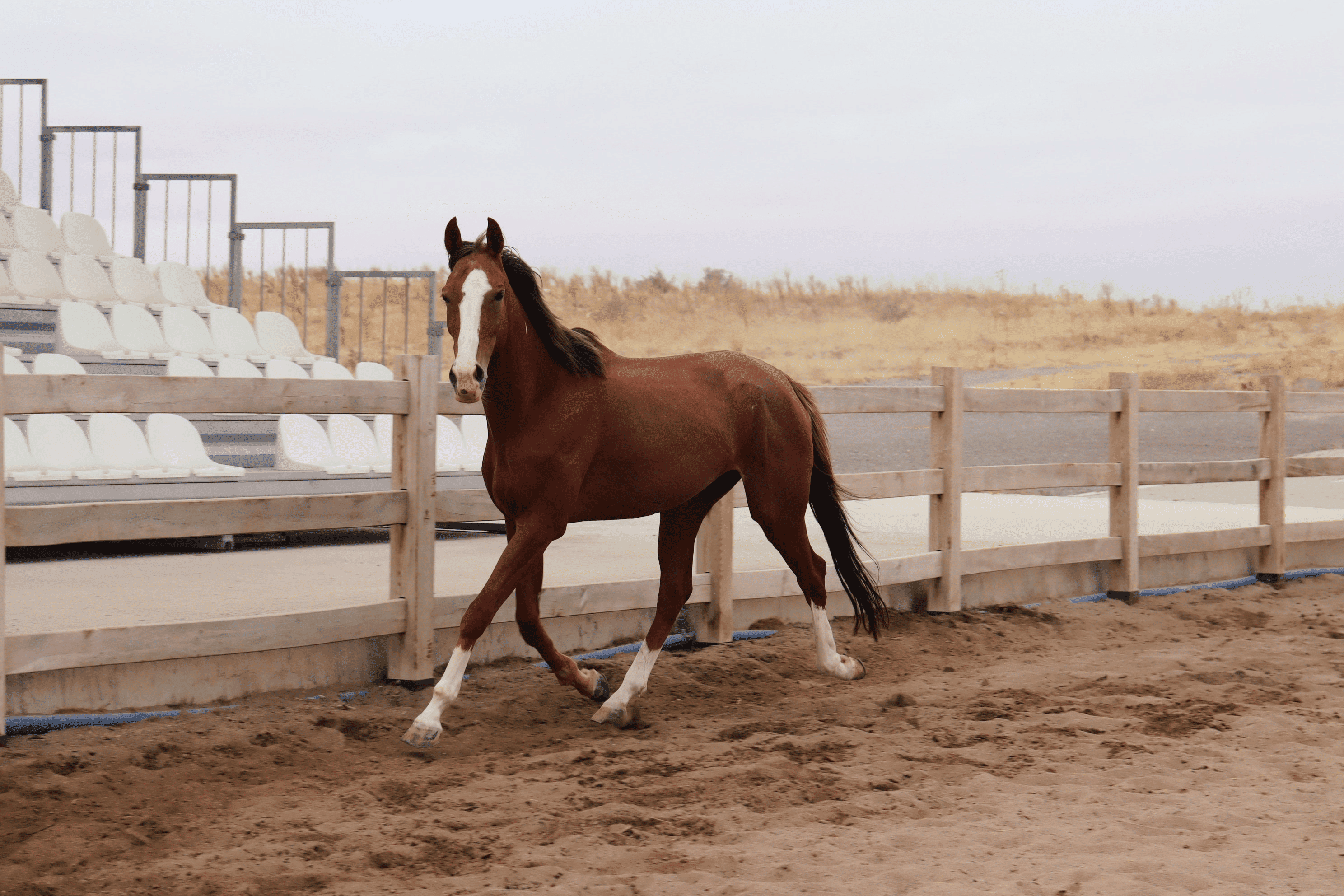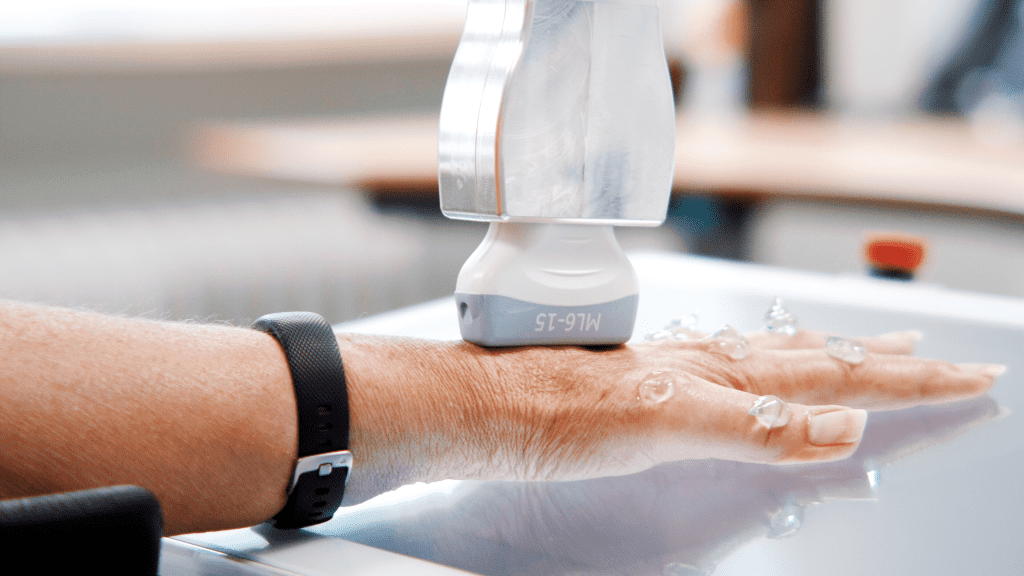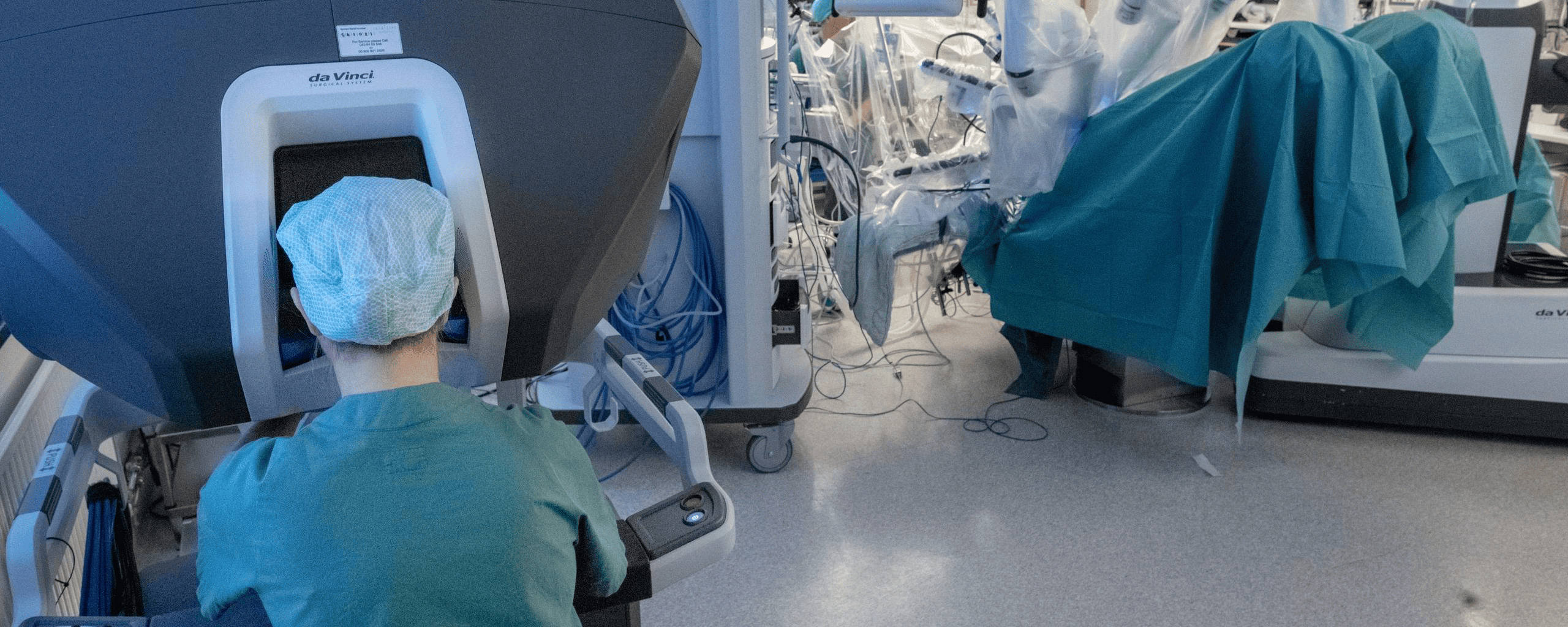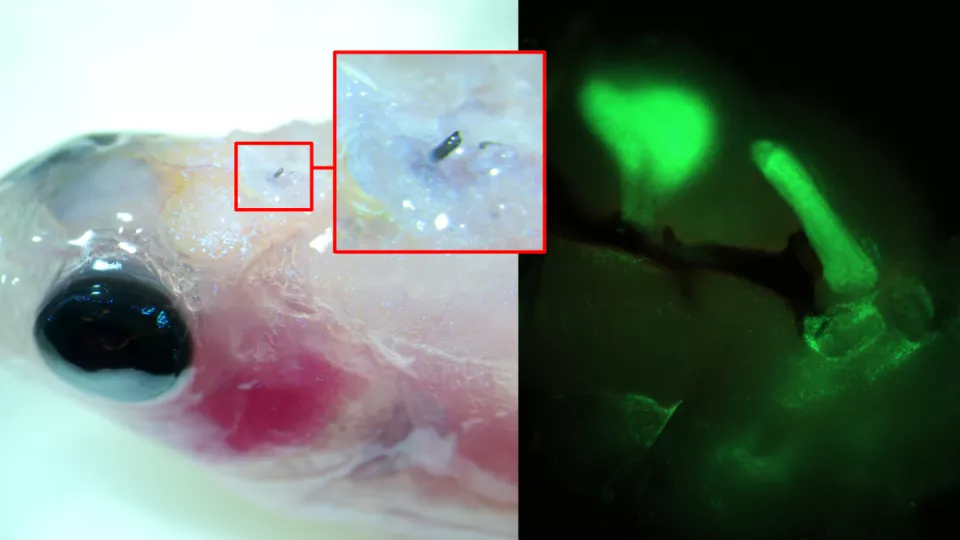
A new drug has proven to be effective in slowing down osteoarthritis (OA) progress in racehorses and might help people struggling with this disease, too. In a clinical study from the Swedish University of Agricultural Sciences (SLU) and the University of Gothenburg (UG), horses treated with the new medicament became completely free from lameness with a simultaneous impediment of joint tissue degradation, writes the UG in a press release.
OA is an inflammatory-whole joint disease that affects both animals and humans. It is the most common cause of lameness and pain in horses. Racehorses often become lame early in their careers, and every year a large number of horses retire due to the disease. OA is also the most common joint disease in humans, especially among the elderly. About one in four people over the age of 45 develop osteoarthritis. Currently, there is no cure for this. Moreover, the available drugs on the market can only reduce pain and limit inflammation in the joint.
- The new drug proved to be effective in slowing down osteoarthritis in racehorses;
- Osteoarthritis is the most common joint disease affecting one in four people over 45;
- Given the genetic similarity, the drug might be effective on humans as well;
A new drug with potential cure
The new potential treatment for OA is a product of a long-term collaboration of researchers at SLU and the UG, resulting in a series of basic science publications. Through extensive cell culture studies, the researchers were able to evaluate and present a drug combination consisting of a local anesthetic drug and an anti-inflammatory drug (sildenafil) in deficient concentrations, when combined with glucose, can restore the derailed cartilage cells (i.e., chondrocytes) in OA.
“We have successfully reported the drugs’ potential in receding inflammation and restoration of the derailed chondrocytes in OA. Such restored cartilage cells began to produce more matrix molecules, which are important building blocks of cartilage tissue. This further strengthens the drug combinations’ potential to cure osteoarthritis,” says Elisabeth Hansson, professor at Sahlgrenska Academy, University of Gothenburg, who is one of the research leaders in the collaboration.
New diagnosis method
The research team has developed assays to screen horses’ synovial fluid from the joints and diagnose OA much earlier i.e., even before the clinical indications of OA. This was indispensable for clinically testing the drug in horses. The current study, published in the journal Osteoarthritis and Cartilage Open, uses these assay methods both to diagnose the disease and to measure the efficacy of the new drug treatment.

Randomized clinical trial
This study tested the new drug combination in a randomized triple-blinded controlled clinical trial. The study was conducted at Hallands Djursjukhus (Kungsbacka Hästklinik). The clinic manager Kristin Abrahamsson-Aurell was responsible for the study with veterinarian Cecilia Grahn as the treating veterinarian. Twenty lame trotters with mild radiological changes in the carpal joint were included in the study. The horses were randomized into groups for treatment with the drug combination or widely used treatment (the drug Celeston® bifas®). The horses were followed thereafter for 60 days.
“The horses treated with the new drug combination became free from lameness. The treatment efficiently lowered the analyzed biomarkers’ levels in the synovial fluid compared to the horses that received the control substance. The drug intervention did not cause any side effects in this study. Moreover, several of the treated horses remained sound for a long time following the treatment, which gives great hope for the future of the drug as a disease-modifying agent. This will have a tremendous positive impact on horse welfare,” says Eva Skiöldebrand.

Potential for treatment in humans
“Horses and humans are genetically very similar. Horses develop OA spontaneously, thus making it an excellent study and translation to explore and develop therapeutics for human OA. Additionally, the biomarkers identified and evaluated in the clinical trial are identical in horses and humans. Therefore the biomarkers and the analytical methods are equally relevant in human OA,” says Eva Skiöldebrand.
The research team has a patent for the new drug combination and aims to commercialize it as a licensed drug for horses with OA, starting in Sweden. They will also seek authorization to conduct a clinical trial of the drug in humans.







